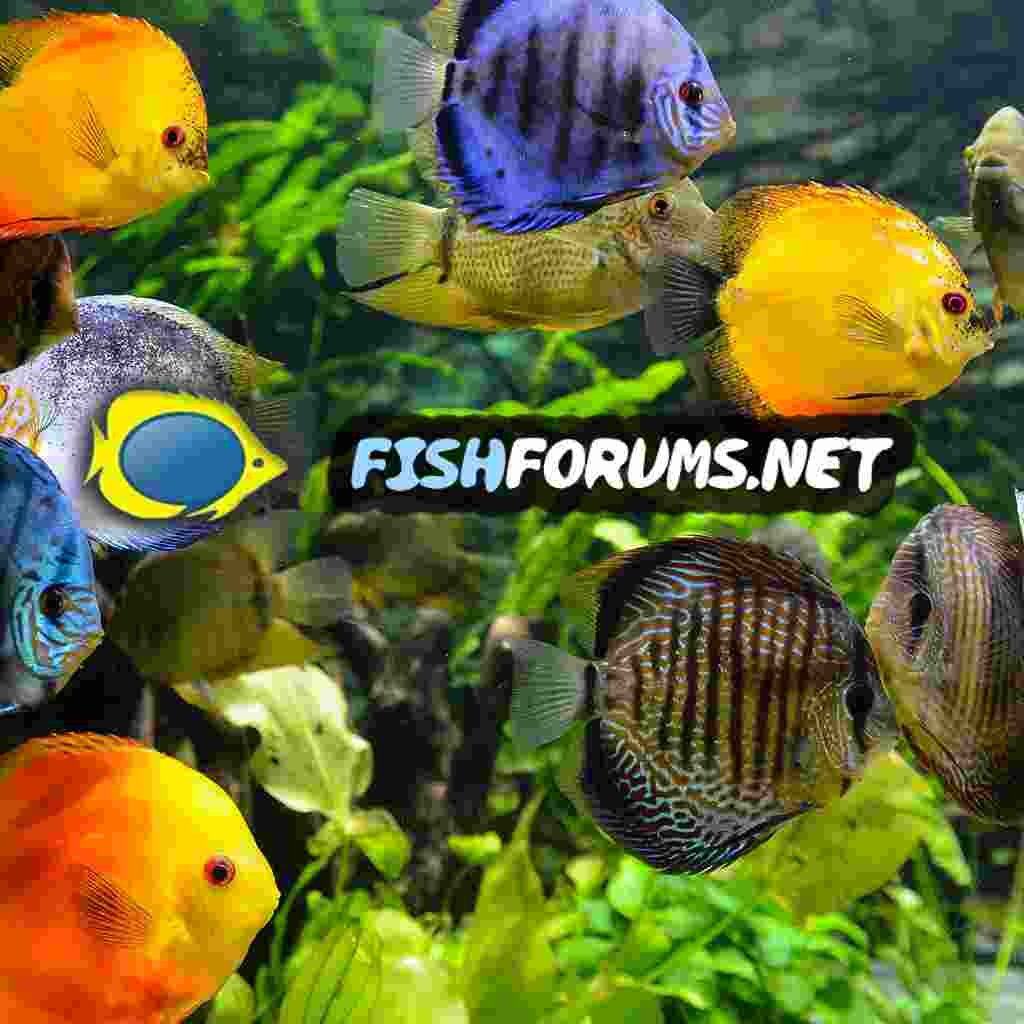FinObsessed
New Member
Hey all,
So after finally getting the first 125 back on its feet I have been looking at my quarantine procedure and realized that things such as freshwater ich are a lot shorter lived in freshwater than the saltwater varieties I have been used to dealing with. Using a copper sulfate mix in the water what do you all recommend as an ideal time for freshwater fish? I know a lot forgo quarantine but were looking at this to house some more sensitive and also costly specimens so figure the added layer of quarantine would benefit things...plus after Velvet got into my reef a year ago both wife and I are paranoid about preventing any risk of outbreak. My current FW method was the following:
- Bare Bones 20L
- Water temp at 84 (Targeting Ich via temp method)
- Copper in water at .625 ppm for externals
- Sponge bio filter (rated 120g) for filtration fed via airline
- Once current fish is moved out, 2 weeks fallow (fishless) time before new fish are added/bought
- Aquarium salt at 2.5 Tbps per gallon
- Stress guard added in the event of observed stress
- Looking at 7 Day cycle since FW ich lifecycle is 6 days. May extend if other diseases could survive the above?
So far its been working well it seems as the test oscar I got has been fat, eating and happy in it, but I want to make sure I am not missing anything potentially that could survive past the quarantine period.
So after finally getting the first 125 back on its feet I have been looking at my quarantine procedure and realized that things such as freshwater ich are a lot shorter lived in freshwater than the saltwater varieties I have been used to dealing with. Using a copper sulfate mix in the water what do you all recommend as an ideal time for freshwater fish? I know a lot forgo quarantine but were looking at this to house some more sensitive and also costly specimens so figure the added layer of quarantine would benefit things...plus after Velvet got into my reef a year ago both wife and I are paranoid about preventing any risk of outbreak. My current FW method was the following:
- Bare Bones 20L
- Water temp at 84 (Targeting Ich via temp method)
- Copper in water at .625 ppm for externals
- Sponge bio filter (rated 120g) for filtration fed via airline
- Once current fish is moved out, 2 weeks fallow (fishless) time before new fish are added/bought
- Aquarium salt at 2.5 Tbps per gallon
- Stress guard added in the event of observed stress
- Looking at 7 Day cycle since FW ich lifecycle is 6 days. May extend if other diseases could survive the above?
So far its been working well it seems as the test oscar I got has been fat, eating and happy in it, but I want to make sure I am not missing anything potentially that could survive past the quarantine period.


